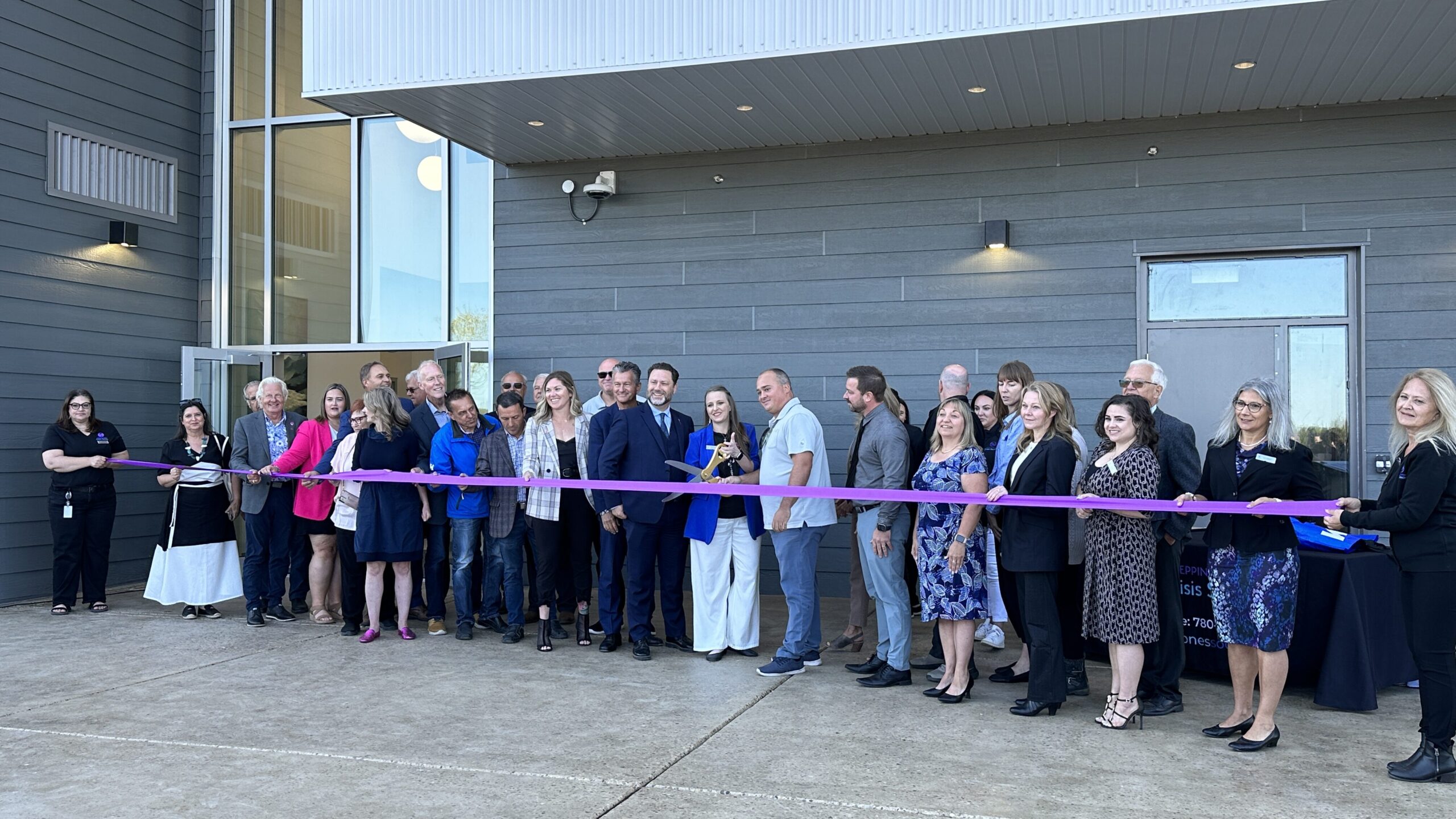With growing concerns around operating costs, carbon taxes, and potential greenhouse gas (GHG) caps, the team at Strathcona’s Orion asset in the Cold Lake area found an opportunity to turn existing waste heat into a business advantage through the Organic Rankine Cycle (ORC) process.
Historically, Orion’s excess low-grade heat from produced gas (flashed steam and non-condensable reservoir gas) was dissipated to the atmosphere using aerial coolers.
In 2019, the team identified that while the excess low-grade heat could not be integrated into plant operations, it could be leveraged by the ORC process – an innovative, zero-emission solution – to generate electricity to run the facility and improve Orion’s energy efficiency.
In 2023, Strathcona secured a $12.5 million grant through the Federal ‘Low Carbon Economy Fund’ that helped bring the project to fruition.
Organic Rankine Cycle (ORC) technology
The ORC is a clever system that captures “low-grade” heat (< 150°C) and converts it into electricity. While the efficiency seems low at around 15 per cent, it has the potential to generate an average of 16.1 MW of power year-round – over 80 per cent of Orion’s power needs.
ORC technology is commercially proven with more than 500 installations operational around the world. Instead of utilizing steam to generate power like traditional power plants via the Rankine cycle, the ORC uses a closed-loop system with a thermodynamically-matched hydrocarbon working fluid with a lower boiling point than water (butane in Orion’s case), to recover the low-grade thermal waste heat.
By using waste heat to generate electricity onsite, Orion can significantly cut its power draw from the Alberta electricity grid, and at full design capacity can reduce CO₂ emissions by up to 50,000 tonnes per year and GHG emissions intensity by 8 per cent.
The ORC is up and running
“The ORC was a unique project, the first time this technology has been implemented in a SAGD plant,” said Johnathon Zuk, Team Lead, Facilities and ORC Project Manager. “It has additional benefits besides making power for the facility – a major one is colder, dryer gas being utilized in the boilers. Anytime you can provide optimum temperature control for a SAGD facility, things just run smoother and the produced gas system is no exception.”
“Turning waste heat into clean power isn’t just smart engineering, it’s a reminder that the solutions to fight climate change are already within our grasp. Innovative projects like Strathcona’s Organic Rankine Cycle are leading the way across the country, cutting emissions, lowering operating costs and helping build a more sustainable future for Canadians. That’s why we are supporting and empowering businesses to adopt smart climate solutions – solutions that make them more competitive while driving real environmental outcomes,” said the Honourable, Julie Dabrusin, Minister of Environment and Climate Change.
Now that the ORC is online and generating power, the Cold Lake team will continue to monitor the system’s impact on the plant while exploring options to produce more power. This could entail integrating the even lower-grade waste heat from Orion’s glycol aerial coolers, and potentially implementing this technology at our other SAGD facilities.










